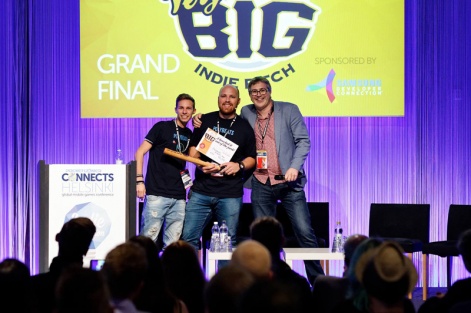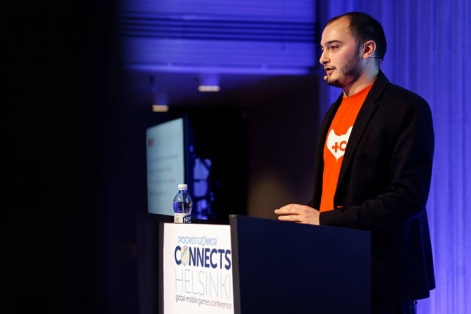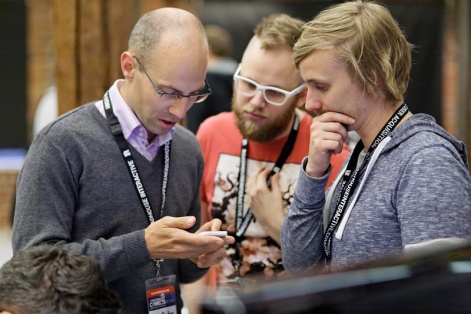Walking back to the hotel from the conference party at the Pony Bar, I ponder about the kids with the laptop that were gathered in the table next to me.
After a whole day of showing their freshly baked computer game to tons of expo visitors, they still have the persistence and energy to bring their game with them to the bar for playing instead of just drinking.
This kind of devotion to gaming reflects the nature of Pocket Gamer Connects Helsinki and DevGAMM Hamburg, two conferences I've attended last week.
Both conferences are not too big, but very local and very personal. The nature of these conferences, and the people I've met have sparked a lot of thought in my head about the state of indie gaming. Here are the highlight observations I've collected
Gur Dotan is co-founder and VP Marketing at SOOMLA, an open source company with the mission to drive game developers’ success with technology and data.
An engineer-turned-entrepreneur, Gur digs into everything from blog posts, to growth hacks to developer communities.
Gur recently launched Gamegear, a directory of mobile gaming SDKs.
Click here to view the list »

















